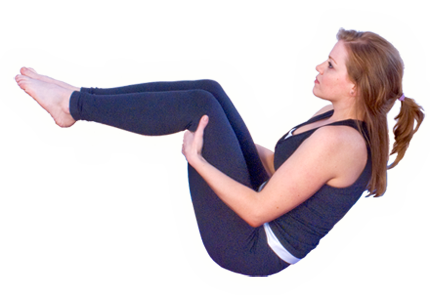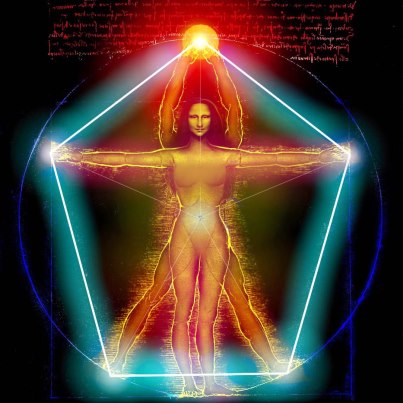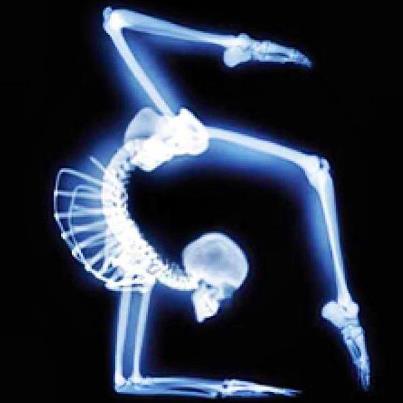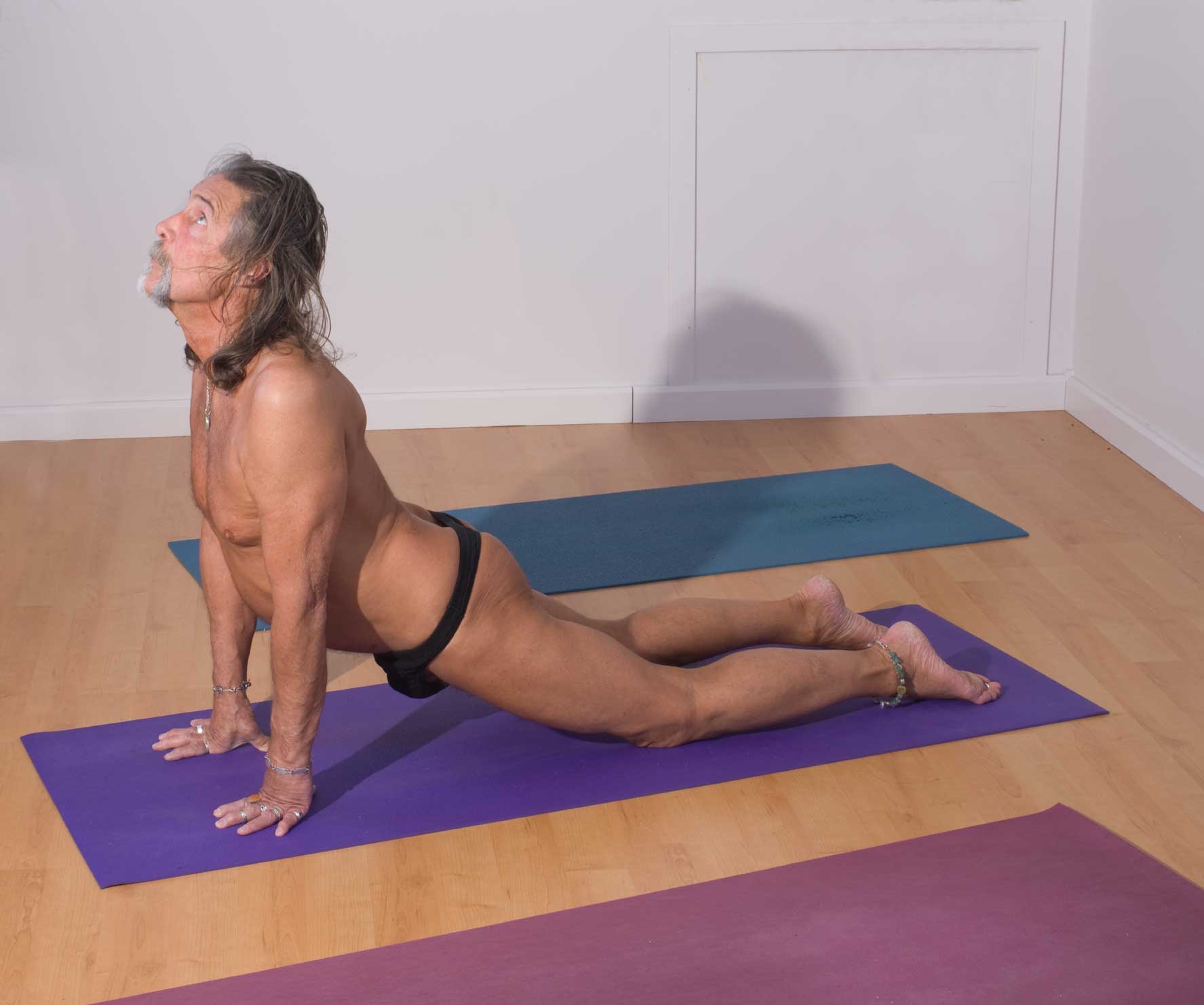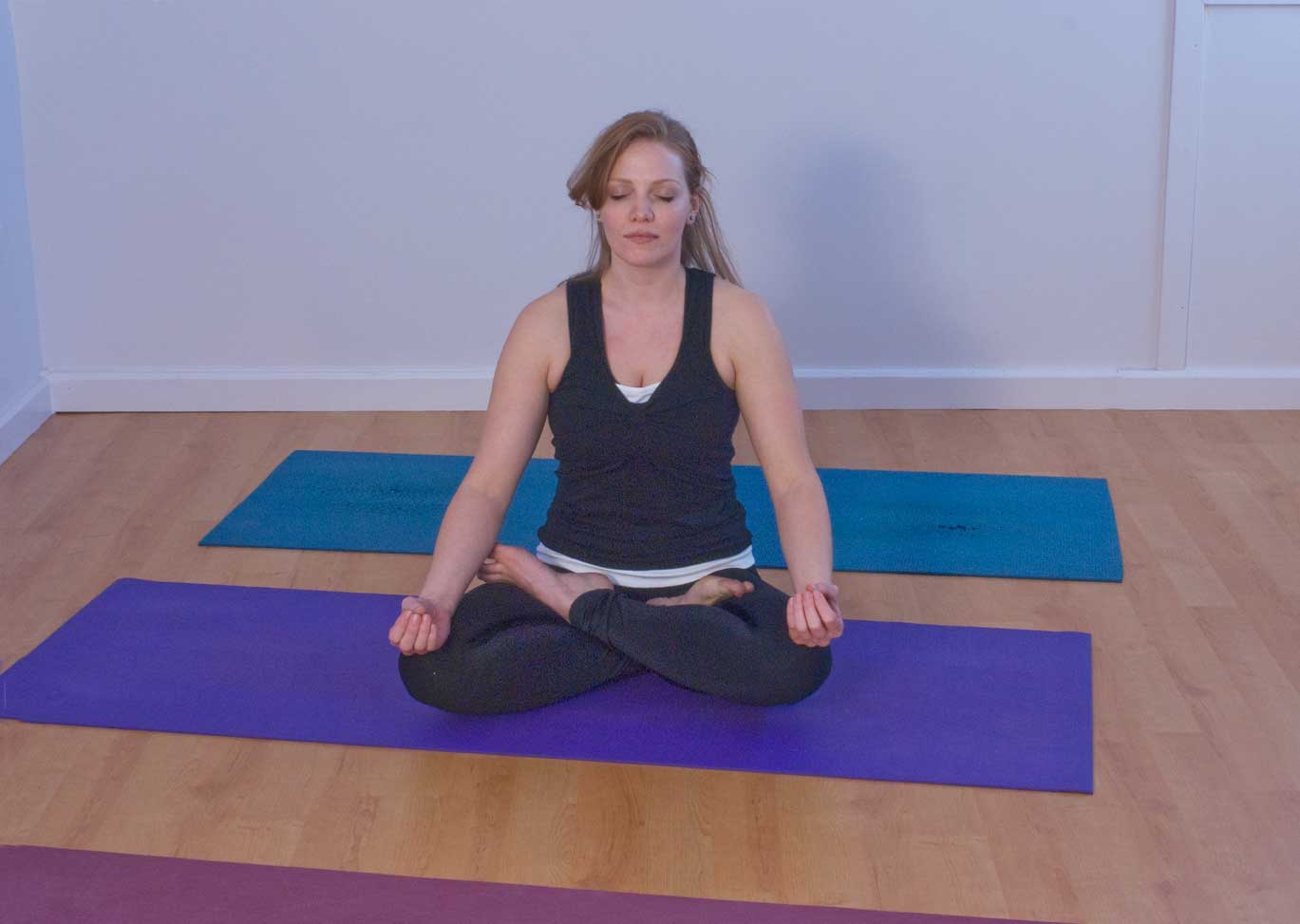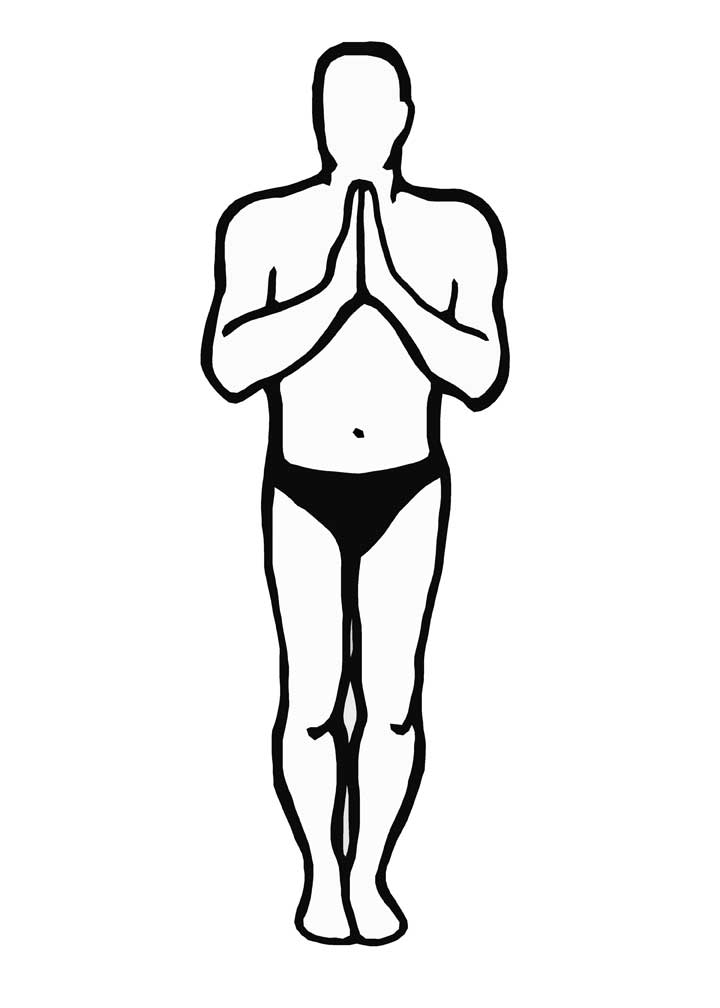Where did it come from, this yoga that is going to answer all my questions, tune me to the universe, transform me, body mind, and soul? The historical answer is still a mystery. However, one explanation based on archaeological discoveries is widely accepted. In the 1920’s, ruins of a civilization were discovered along a no longer existent river system in the region that is now Northern India and Pakistan. Three thousand years before the birth of Christ, this civilization had complex urban centers with running water and underground sewage systems. Their language, Sanskrit, is the root of all the Indo-European languages.
Among the ruins were found many statues depicting what we now associate as being yoga postures. Postures are a part of the yoga tradition that asks the practitioner to look within. This yoga tradition believes the universe is mirrored in each of us. Nature has a working set of solutions that is used on ever greater or lesser scales for everything, as our recent appreciation of fractals demonstrates. To understand something on a scale within our perceptual range allows us to imagine solutions to questions above or below that range. The yoga postures, asanas in Sanskrit, are only a part of yoga. Yoga as practiced in the West has placed most of its emphasis on the practice of asanas. Most Westerners think of yoga as a system of physical exercise, but it is much more.
Yoga asks us to look within, to relax into ourselves, to know ourselves. With complete understanding of the self comes complete understanding. This ‘looking within’ is as old as the human ability to wonder. In that sense, our origin is the beginning of our embrace of yoga.
One broad definition of yoga is the art and science of living. Yoga practice allows understanding to unfold. Other people may help by suggesting techniques for self-exploration, or how and where to look, but all the insights come from your observations. All the answers are your answers. You diligently explore your own direct experience. No faith required.
Weight Loss Through Yoga, Jewel in the Lotus Pages 8 —9.
